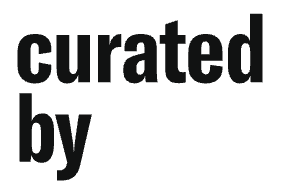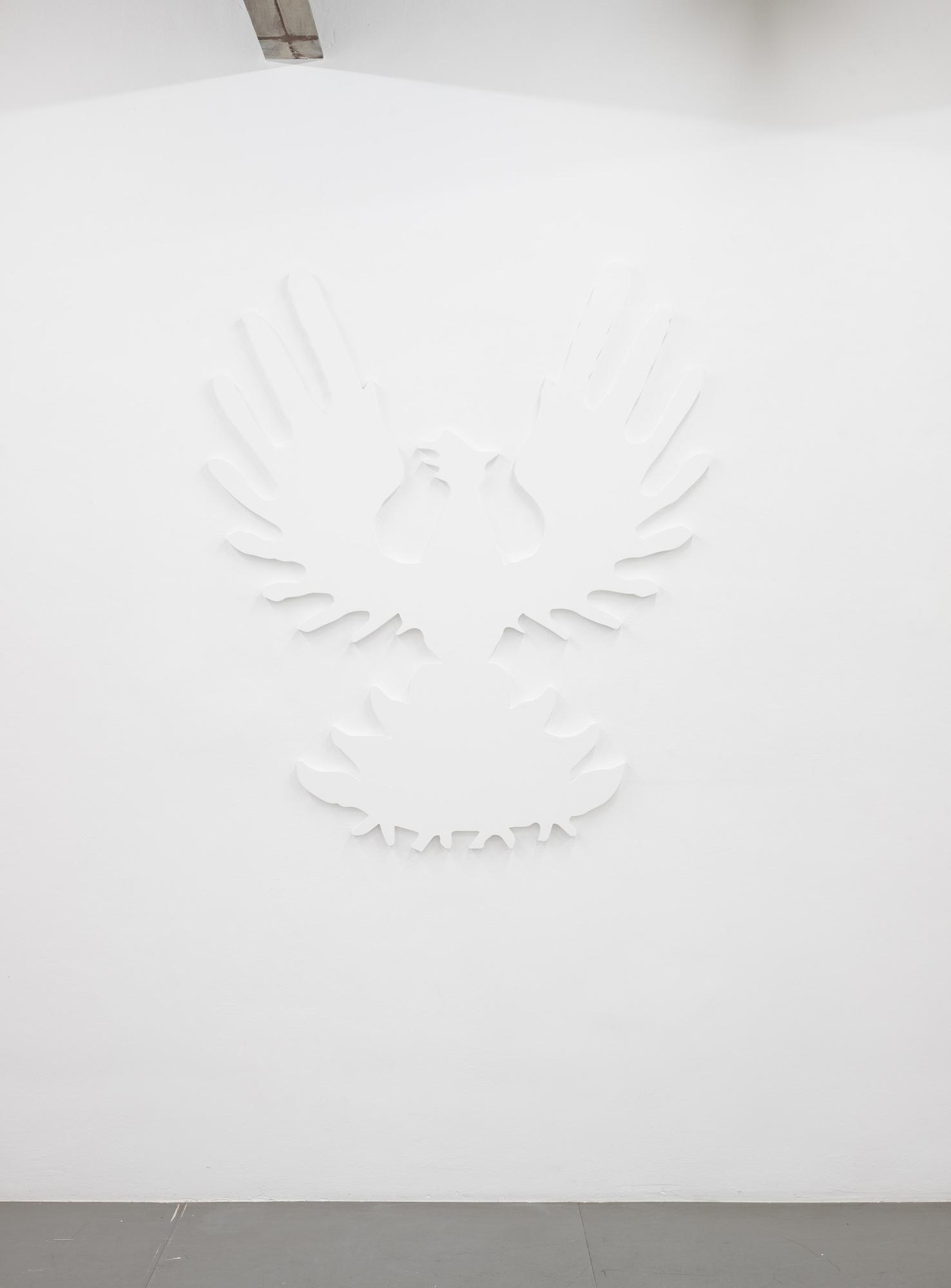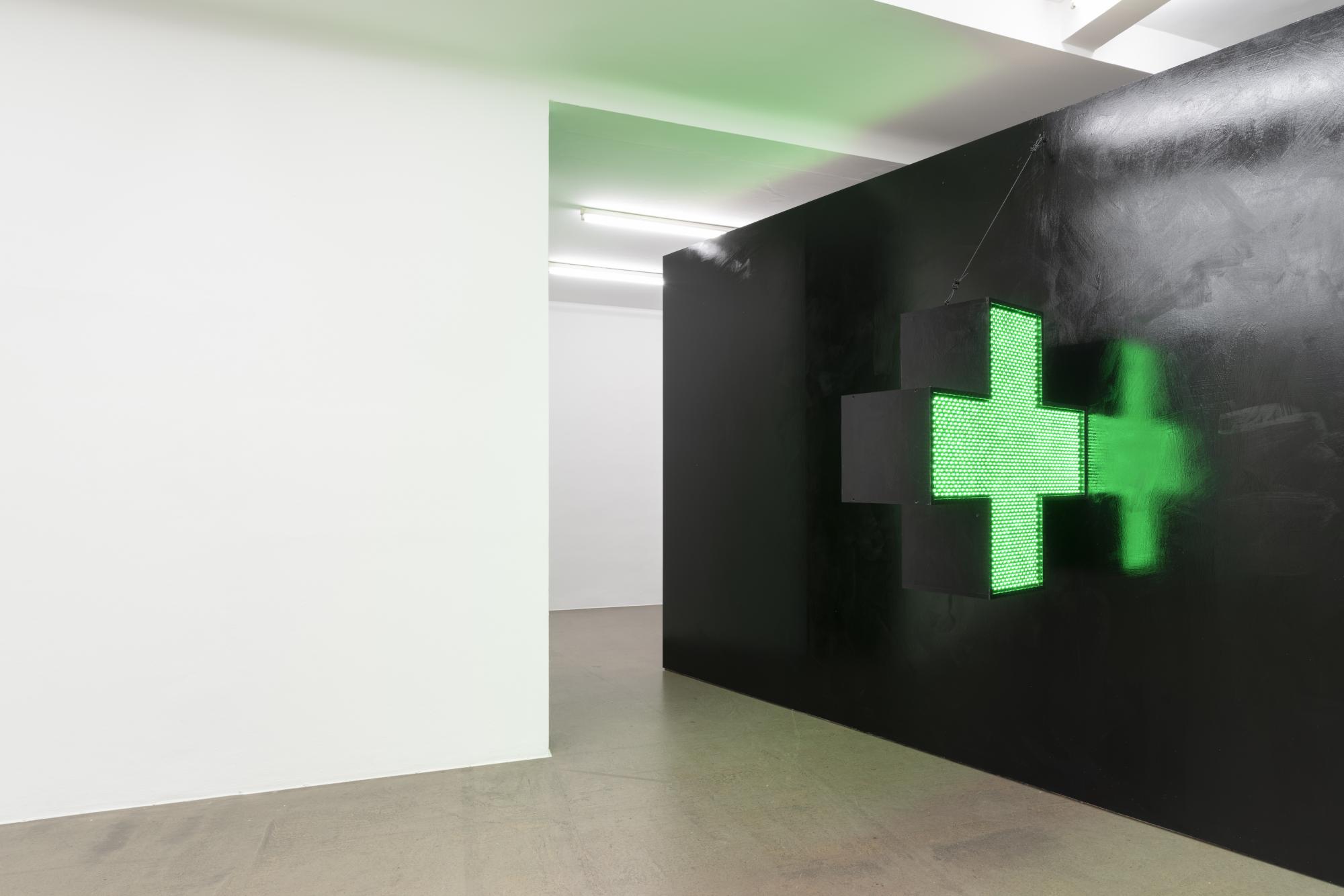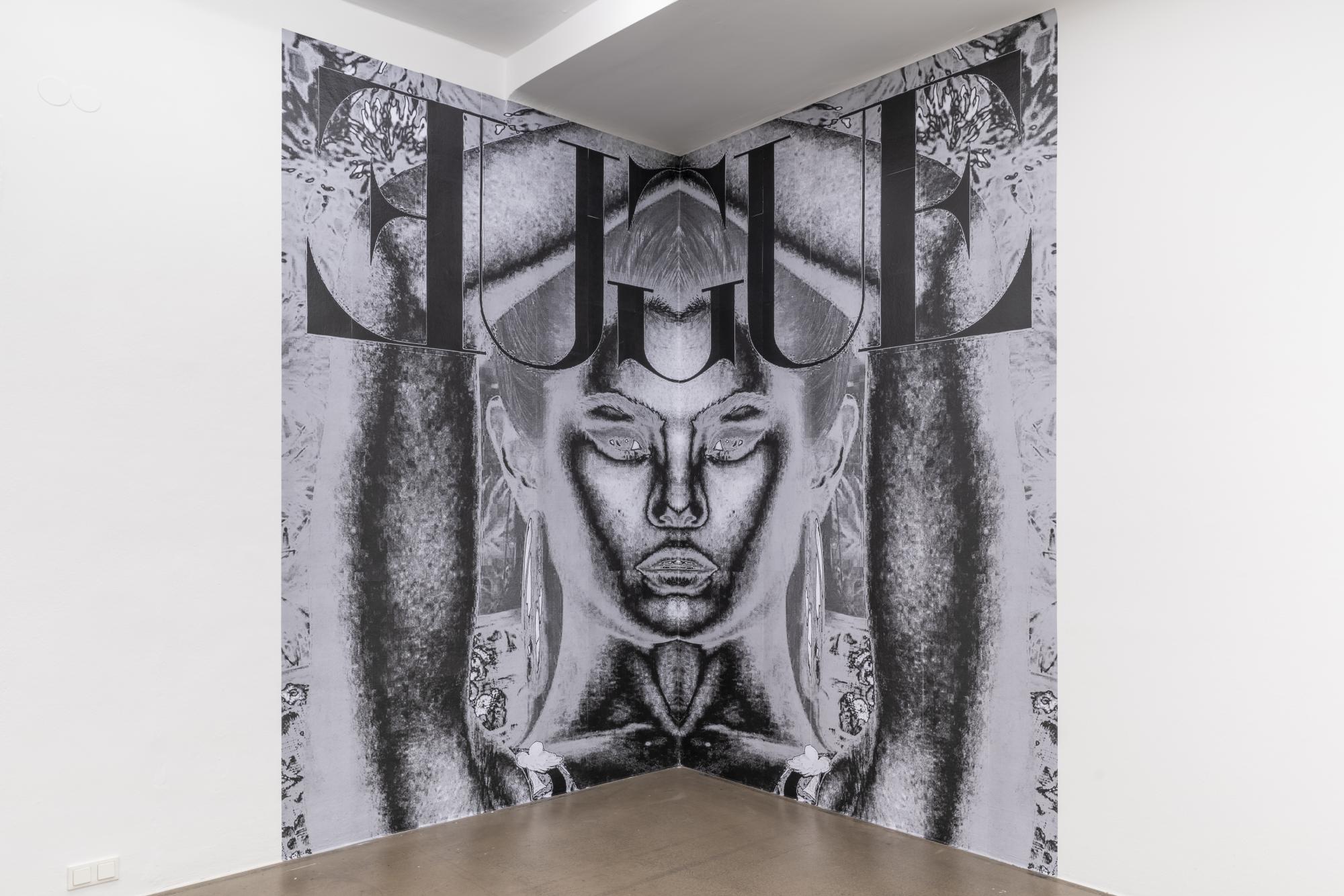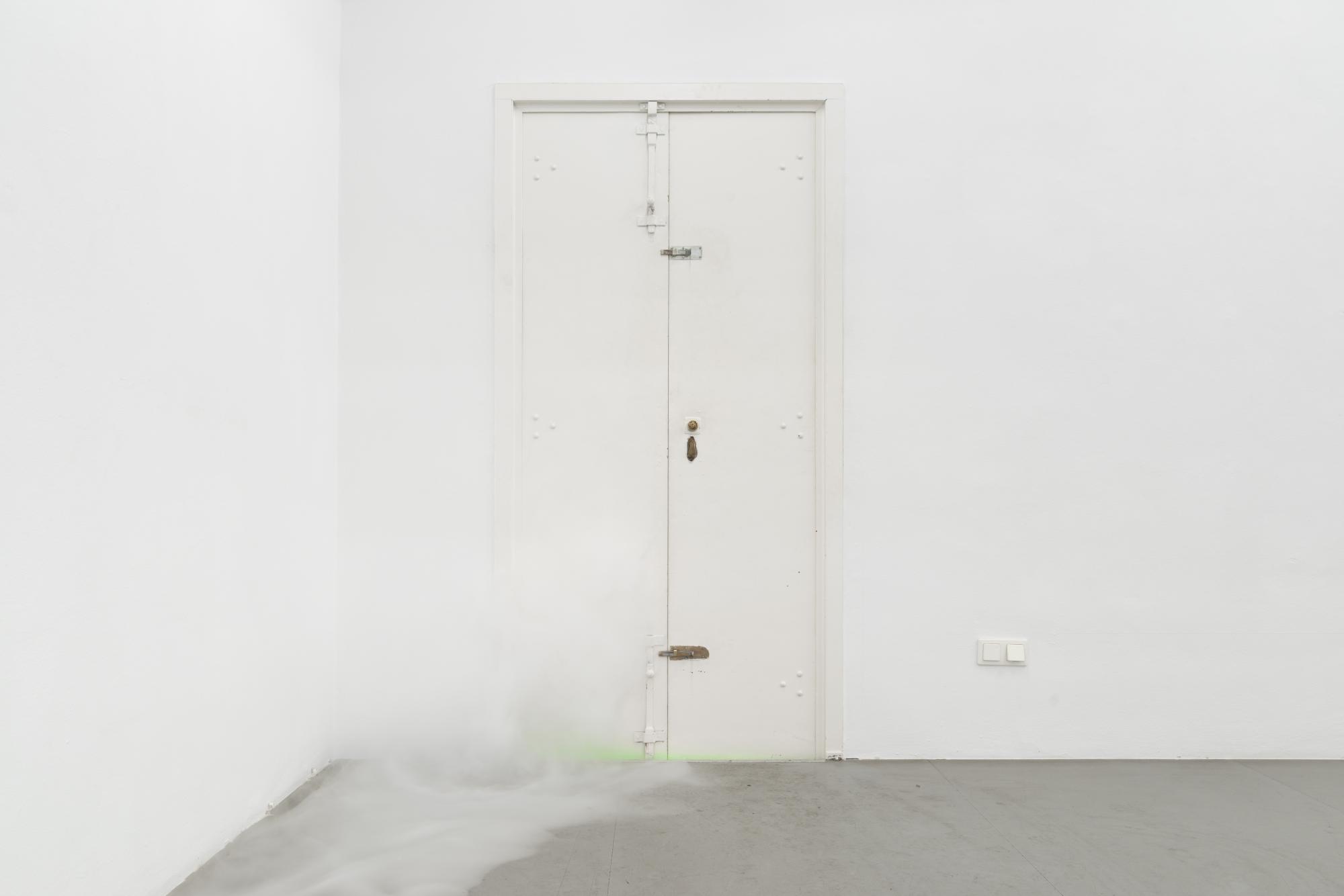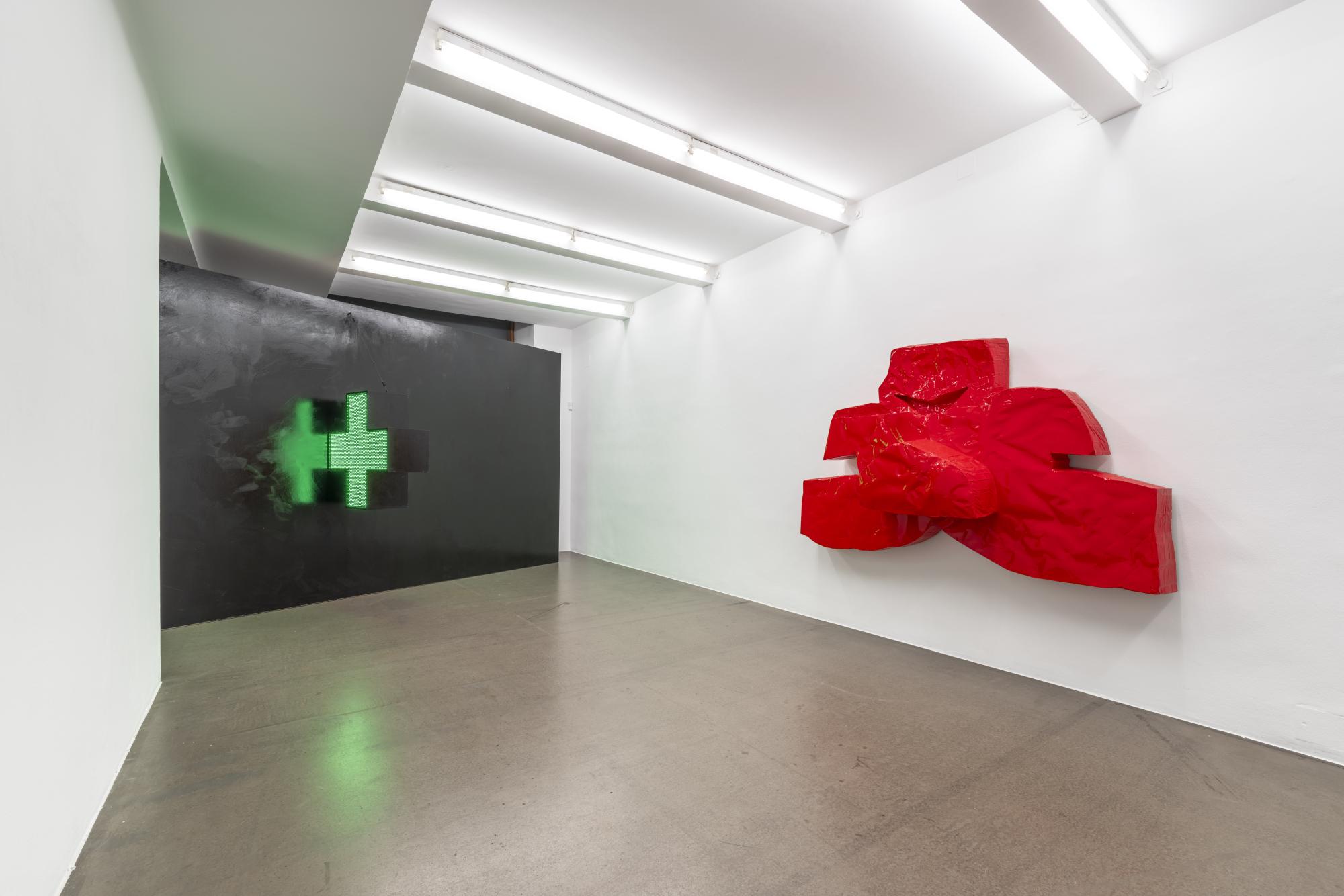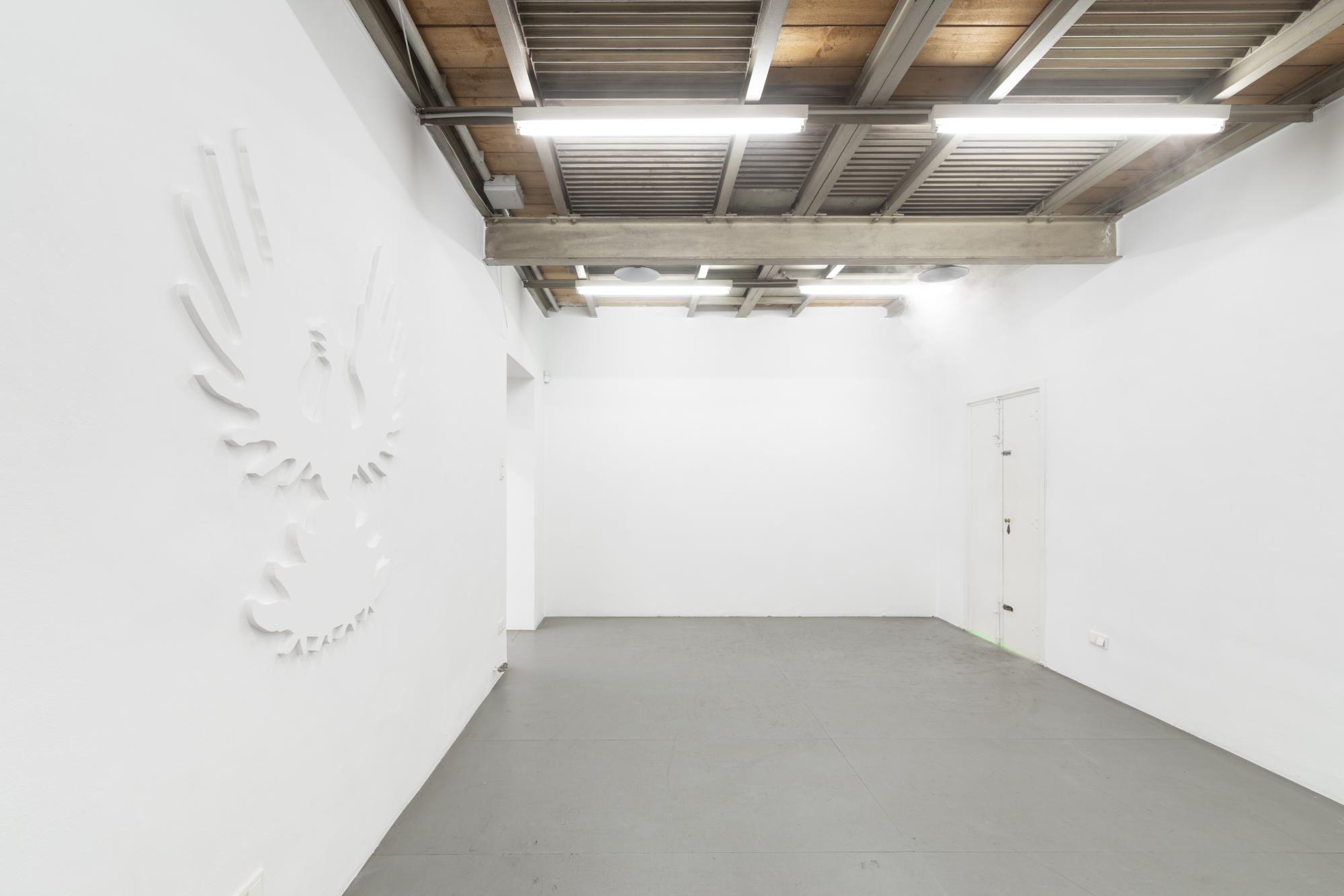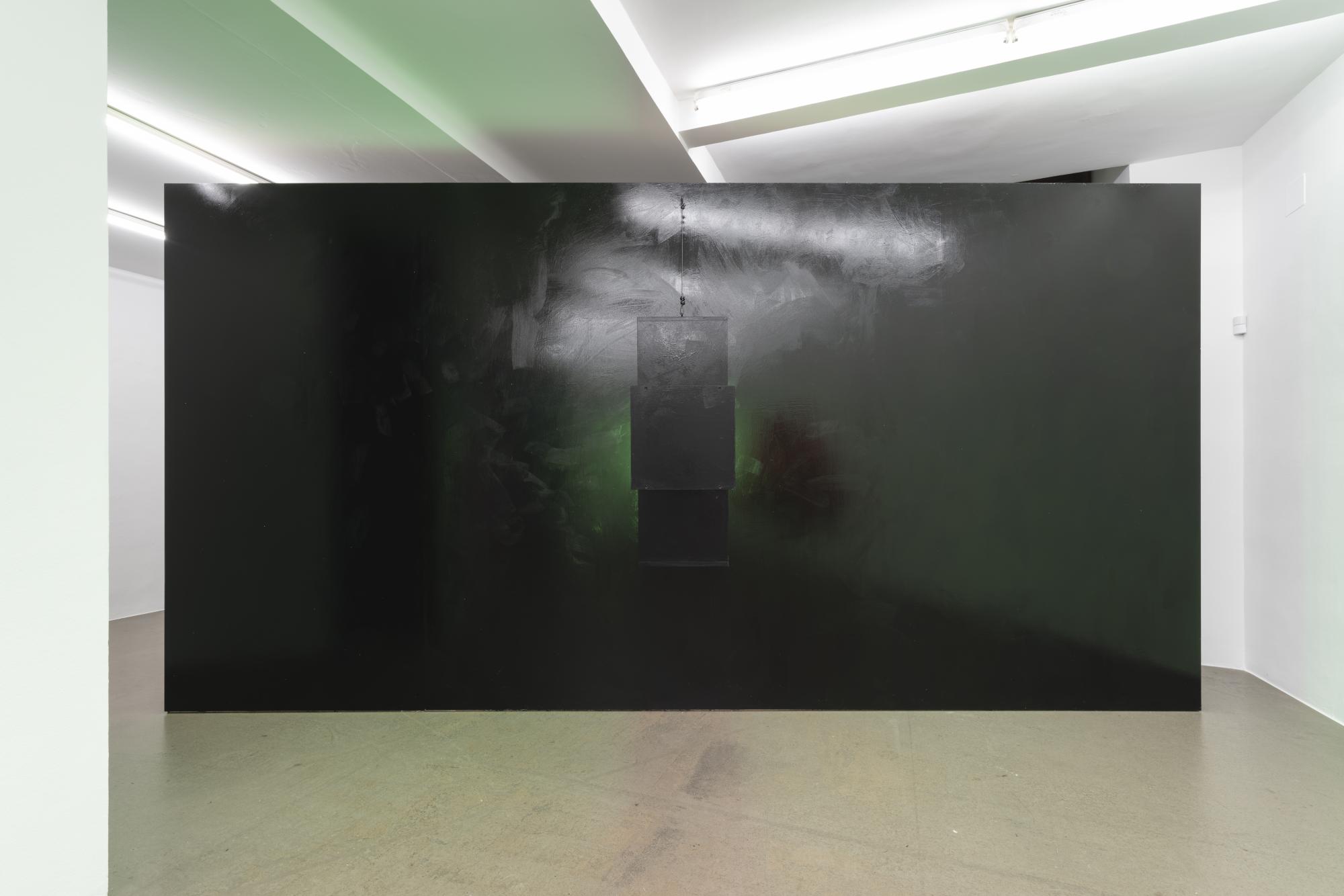Krobath Wien curated by Giovanna Manzotti
„ZONE“

www.galeriekrobath.at
Curator(s):

Giovanna Manzotti (b. 1988) is a curator and writer based in Milan. She served as editor at Mousse from 2018 to 2022. Recent and previous collaborations include: Madre Museum, Naples (2023); Renata Fabbri, Milan (2023); Cassina Projects, Milan (2023); Castello Gamba - Museum of Modern and Contemporary Art of Valle d’Aosta, Chatillon (2022); Associazione NEL, Lugano (2021, 2022 and 2023); Clima, Milan (2021); S. Eustorgio Cloisters, Milan (2021); The View Studio, Genoa (2018); ALMANAC, Turin (2018); Fondazione Fausto Melotti, Milan (2016-17); La Triennale di Milano (2016); Nouveau Musée National de Monaco, Montecarlo (2014-15); and Pro Helvetia, Milan, Zurich (2014-15). She writes for frieze, Flash Art and QUANTS.
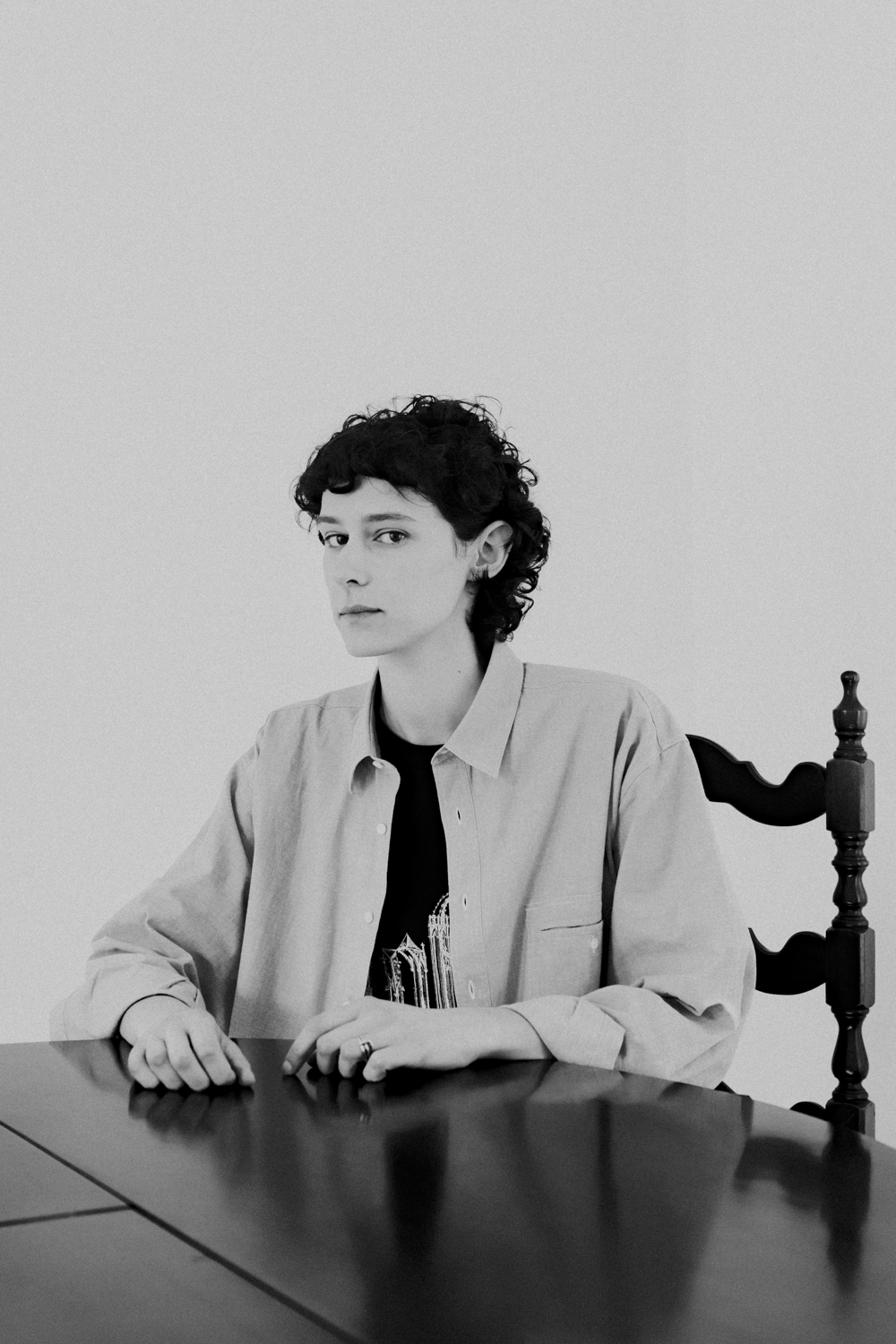
Artist(s):
-
Daniel Boccato Moreborn in 1991 in Campinas, Brazil. lives and works in New York. graduated from Cooper union school of art in 2014.
Exhibition text
More
Galerie Krobath is pleased to present ZONE, Daniel Boccato’s (b. 1991, Campinas, Brazil; lives and works in New York) solo exhibition at the gallery. Structured around a selection of sculptures from a number of ongoing series as well as new works conceived specifically for the gallery space, the show might be seen as a kind of bridge within the artist’s practice. Imagined and designed to be experienced like “a borderline walk, on the edge of language, on the edge of color,” as Roland Barthes affirmed in his 1978 lecture referring to the idea of the Neutral, the project draws our attention to the concepts of transition and marginality, the soft, the colorless and their opposite, the double as well as the unseen, the void, the spaces in-between, and the nooks and crannies—all aspects that inform Boccato’s practice, among others, from a methodological, processual, and formal approach.
Unfolding on the basis of a rhythmic composition that evokes the ebb and flow of bodies and their contours—sometimes more pronounced, sometimes less so—of signs and their evocative capacity as bearers of a formal alphabet, ZONE traces a path in which shapes, silhouettes and objects chase each other in a vocabulary of visual echoes that is both as postural and affective as it is animated by mundane suggestions and unexpected glimmers. The exhibition revolves around the dialogue between works in which underlying potential structures emerge in a state of suspension, evoking vanishing memories in a constant tension and potential interaction of outlines, icons, colors, and their respective shifts in the space.
A wall painted in glossy black partially obstructs the entrance and at the same time opens up a path, a walk through the gallery. Crossing the threshold, the green LED light of a cross mounted on the opposite side evokes and accentuates the relationship between inside and outside, recalling a sign we usually encounter on the street. Entitled “They have come a long way, those replicators.” (2023), this work bears the traces of a codified, universal and neutral mark—such as that of the pharmacies, but here placed at eye level—that punctuates certain memories through the use of symbols for others to follow. Hanging on the wall in the same room, a seemingly silent, red and wrinkled profile in epoxy resin, fiberglass, and polyurethane from the faceworks series (khafface, 2019) looks like a meme, a stretched, deformed and anthropomorphized potential replica of the nearby cross. Its appearance—at once heavy, like a rock, or light, like a ghost—shyly reveals open arms and legs, and a face with a certain expression of bliss. Forged amid abstraction and figuration, khafface captures provisional states of animism, “quietly conspiring to come alive”[1], as if endowed with a soul. These sculptures are somehow attuned to a human condition found within an ordinary architectural, urban and natural landscape, floating and constantly regrouping in a language of shifting forms. A palpable tension holds together their emotional structure and steers the gaze—as in the details of street life—to another work that interacts and toys with the space. “It was precisely because it was no longer completely true that it could be clearly seen.” (2023) is made up of laser prints on paper, wheat-pasted onto the wall. Like a poster on the façade of a corner building, this watchful and androgynous giant face directly confronts the viewer, acting as a deity or supernatural being digitally treated by the artist in its codified image. After mirroring half and discarding the other half of the figure to create a perfect symmetry, Boccato distorts the tonal values of the original image by rendering the face in grayscale in Photoshop. These manipulations didn’t alter the Vogue logo and the visual identity of the cover: both are still recognizable in their long-established iconicity and standardized idea of beauty typical of glossy magazines.
To be found in the second room of the gallery, “Once you’ve had your life burn down, it takes time to be a phoenix.” (2023) is a wall relief whose shape comes from the flag of the artist’s birth city, a phoenix rising from the fire. It’s a rebirth. Apparently ephemeral, precarious and utterly neutral in its colorless, like a cloud in a foggy sky, this work counterbalances the shiny impermeability of khafface, swirling somewhere along a non-binary line, between neutrality and evanescence. A subtle, yet intentional sense of curiosity and the transitory permeates the other work on display as something that acts as captured instances in a perpetually evolving present. “… sounds carry a few yards and fade to oblivion.” (2023) blurs the lines of this compositional landscape into a fleeting, faint, almost imperceptible beam of green light shining out of a doorway, along with a cloud of mist and sound, echoing the basement of a techno club at the end of the exhibition space.
Like vulnerable propositions which require a “subject” that is always to be looked at, examined in detail, never really resolved, as it is never really set in the flow, the works on view—as the concept of the Neutral underlines—embody a preliminary stage of incompleteness, a kind of pre-final state where Boccato constantly toys with composition and form, “to animate and be animated by these forms,” as the artist states, in a clear tension between spectral and material existence. The exhibition thus elaborates the Neutral as the desire to somehow remain in that specific instant prior to the crystallization of any concept. As in a constellation of chimes, the show emphasizes this tone through a display that opens up from the individual work, which contains the seed of this floating “neutral,” from a plural and non-unidirectional standpoint, only to embrace the entirety of its breadth, like in the beating of wings.
To various degrees, running through all the works in the exhibition is a sculptural language and a chain of motifs and patterns of decomposition imbued with animism: a notion central to Boccato’s practice and way of dealing with the everyday, an impulse that guides the work in all its qualities—tactile, haptic, and sculptural—floating in the nuances of a ghostly process of repetition and differentiation that stands for action and resistance, as does the Neutral.
Giovanna Manzotti
[1] Zach Fischman, “faceworks” in daniel boccato, faceworks from 2015 to 2018 (Sorry We’re Closed, Brussels: 2018), p. 132.

